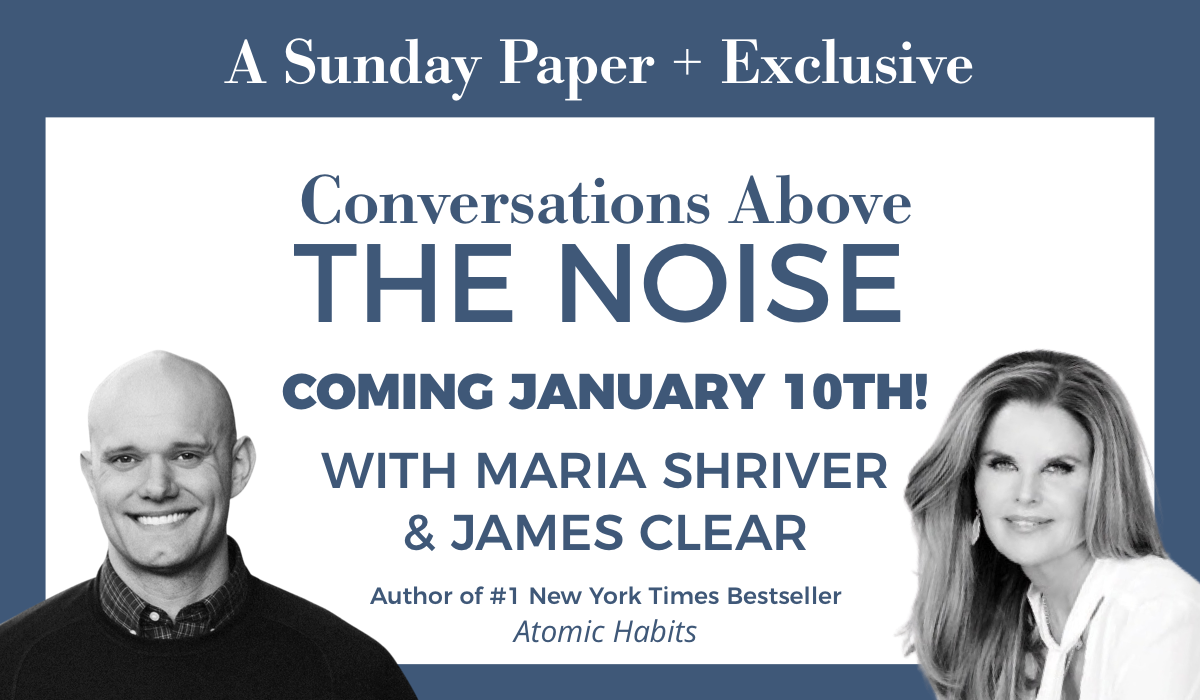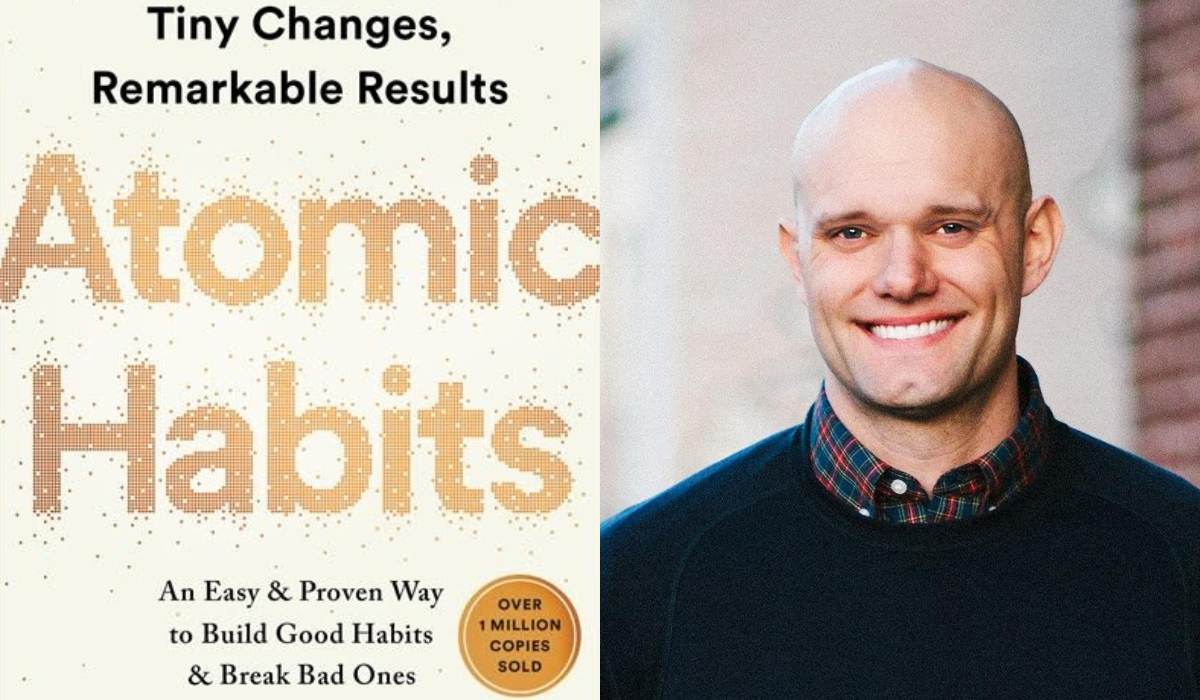Atomic Habits is the No. 1 Bestselling Book in the Country. Here’s What Author James Clear Says Is the Secret to Making Habits Stick
A habit tracker is a simple way to measure whether you did a habit. The most basic format is to get a calendar and cross off each day you stick with your routine. For example, if you meditate on Monday, Wednesday, and Friday, each of those dates gets an X. As time rolls by, the calendar becomes a record of your habit streak.
Countless people have tracked their habits, but perhaps the most famous was Benjamin Franklin. Beginning at age twenty, Franklin carried a small booklet everywhere he went and used it to track 13 personal virtues. This list included goals like “Lose no time”; “Be always employed in something useful”; and “Avoid trifling conversation.” At the end of each day, Franklin would open his booklet and record his progress.
Jerry Seinfeld reportedly uses a habit tracker to stick with his streak of writing jokes. In the documentary Comedian, he explains that his goal is simply to “never break the chain” of writing jokes every day. In other words, he is not focused on how good or bad a particular joke is or how inspired he feels. He is simply focused on showing up and adding to his streak.
“Don’t break the chain” is a powerful mantra. Don’t break the chain of sales calls and you’ll build a successful book of business. Don’t break the chain of workouts and you’ll get fit faster than you’d expect. Don’t break the chain of creating every day and you will end up with an impressive portfolio. Habit tracking is powerful because it leverages multiple Laws of Behavior Change. It simultaneously makes a behavior obvious, attractive, and satisfying.
Let’s break down each one.
Benefit #1: Habit tracking is obvious.
Recording your last action creates a trigger that can initiate your next one. Habit tracking naturally builds a series of visual cues like the streak of X’s on your calendar or the list of meals in your food log. When you look at the calendar and see your streak, you’ll be reminded to act again. Research has shown that people who track their progress on goals like losing weight, quitting smoking, and lowering blood pressure are all more likely to improve than those who don’t. One study of more than sixteen hundred people found that those who kept a daily food log lost twice as much weight as those who did not. The mere act of tracking a behavior can spark the urge to change it.
Habit tracking also keeps you honest. Most of us have a distorted view of our own behavior. We think we act better than we do. Measurement offers one way to overcome our blindness to our own behavior and notice what’s really going on each day. One glance at the paper clips in the container and you immediately know how much work you have (or haven’t) been putting in. When the evidence is right in front of you, you’re less likely to lie to yourself.
Benefit #2: Habit tracking is attractive.
The most effective form of motivation is progress. When we get a signal that we are moving forward, we become more motivated to continue down that path. In this way, habit tracking can have an addictive effect on motivation. Each small win feeds your desire.
This can be particularly powerful on a bad day. When you’re feeling down, it’s easy to forget about all the progress you have already made. Habit tracking provides visual proof of your hard work— subtle reminder of how far you’ve come. Plus, the empty square you see each morning can motivate you to get started because you don’t want to lose your progress by breaking the streak.
Benefit #3: Habit tracking is satisfying.
This is the most crucial benefit of all. Tracking can become its own form of reward. It is satisfying to cross an item off your to-do list, to complete an entry in your workout log, or to mark an X on the calendar. It feels good to watch your results grow—the size of your investment portfolio, the length of your book manuscript—and if it feels good, then you’re more likely to endure.
Habit tracking also helps keep your eye on the ball: you’re focused on the process rather than the result. You’re not fixated on getting six- pack abs, you’re just trying to keep the streak alive and become the type of person who doesn’t miss workouts.
Many people resist the idea of tracking and measuring. It can feel like a burden because it forces you into two habits: the habit you’re trying to build and the habit of tracking it. Counting calories sounds like a hassle when you’re already struggling to follow a diet. Writing down every sales call seems tedious when you’ve got work to do. It feels easier to say, “I’ll just eat less.” Or, “I’ll try harder.” Or, “I’ll remember to do it.” People inevitably tell me things like, “I have a decision journal, but I wish I used it more.” Or, “I recorded my workouts for a week, but then quit.” I’ve been there myself. I once made a food log to track my calories. I managed to do it for one meal and then gave up.
Tracking isn’t for everyone, and there is no need to measure your entire life. But nearly anyone can benefit from it in some form—even if it’s only temporary.
What can we do to make tracking easier?
First, whenever possible, measurement should be automated. You’ll probably be surprised by how much you’re already tracking without knowing it. Your credit card statement tracks how often you go out to eat. Your Fitbit registers how many steps you take and how long you sleep. Your calendar records how many new places you travel to each year. Once you know where to get the data, add a note to your calendar to review it each week or each month, which is more practical than tracking it every day.
Second, manual tracking should be limited to your most important habits. It is better to consistently track one habit than to sporadically track ten.
Finally, record each measurement immediately after the habit occurs. The completion of the behavior is the cue to write it down. This approach allows you to combine the habit-stacking method with habit tracking.
The habit stacking + habit tracking formula is:
After [CURRENT HABIT], I will [TRACK MY HABIT].
After I hang up the phone from a sales call, I will move one paper clip over.
After I finish each set at the gym, I will record it in my workout journal.
After I put my plate in the dishwasher, I will write down what I ate.
These tactics can make tracking your habits easier. Even if you aren’t the type of person who enjoys recording your behavior, I think you’ll find a few weeks of measurements to be insightful. It’s always interesting to see how you’ve actually been spending your time.
Excerpted from ATOMIC HABITS by arrangement with Avery Books, a member of Penguin Group (USA) LLC, A Penguin Random House Company. Copyright © 2018, James Clear

*P.S. Maria is going live with James Clear on 1/10 at 11am Pacific Time. Join Sunday Paper Plus today and RSVP! Clear will be sharing tips and takeaways on how to maintain your goals throughout 2023 and making tiny, easy changes that deliver BIG results.
James Clear is a writer and speaker focused on habits, decision making, and continuous improvement. He is the author of the #1 New York Times bestseller, Atomic Habits. The book has sold over 10 million copies worldwide and has been translated into more than 50 languages. Clear is a regular speaker at Fortune 500 companies and his work has been featured in places like Time magazine, the New York Times, the Wall Street Journal and on CBS This Morning. His popular "3-2-1" email newsletter is sent out each week to more than 2 million subscribers.
Question from the Editor: Are you intrigued to start habit tracking? We'd love to know, and how you'll start, in the comments below!
Please note that we may receive affiliate commissions from the sales of linked products.



